Whether you are an off-road adventurer, trail rider, or just a normal person with an SUV who enjoys the thought of getting off-pavement sometime in the future, new tires are a choice that tends to be spendy, and they’re not something you want to replace on a regular basis.
NUMBERS & LETTERS
In this case we started with a 2019 Toyota Land Cruiser wearing OEM skins that were past their prime. We should probably point out the Land Cruiser is a full-time four-wheel-drive beast, coming with P285/60R18 tires. The P identifies this as a Passenger tire, while an LT would indicate a Light Truck tire. The 285 gives us our tire width, which is 285mm. The 60 is the aspect ratio (or profile) of the tire, but a slightly simpler way to look at it is that it’s just a percentage. The profile of our OEM tire is 60, making it 60 percent of the 285mm width, which rounds out to 185mm (7.28”). The R stands for Radial. Radial tires are wrapped internally with cords made of steel, various fabrics, then coated with rubber. Radial tires are a much stronger, more durable, and smoother-riding tire than their earlier non-radial siblings. They have become the standard on the vast majority of vehicles. The last number showing there is 18, and that designates an 18-inch wheel diameter.
The above numbers make it easy for you to find a replacement that will give you the same tire size your vehicle was designed for. However, the world wouldn’t be quite as enjoyable if we followed the rules all the time. In some cases, there are good reasons to change your tire size. A narrower tire provides less rolling resistance and can make for better MPG (miles per gallon). A narrower tire also tends to do better in the snow, as it “slices” through a bit easier. Think back to when you were a kid using an old runner sled versus an inner tube to play in the snow. The runner sled cut through the snow, leaving narrow tracks, while the inner tube rode on top of the snow, leaving a shallow depression. Wider tires put less pressure on the ground, which is great if you don’t want your vehicle to sink in.
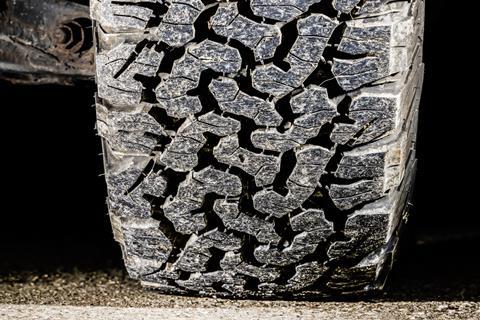
Reducing air in your tires widens the tire to a degree and spreads the vehicle’s weight out more. This is wonderful for playing off-road where the added traction can prevent you from getting stuck and can even help you up over obstacles. The larger the volume of air, the more adjusting you can do. You don’t want to air down your tire and start banging your wheels against rocks. Just remember, if you decide to deflate your tires to half the PSI you drove in with, you are going to have an ugly time getting home. You should always have a way to reinflate your tires!
We opted for new wheels to go along with our tires, and dropped our wheel size to 17s. The smaller diameter means we can go with a larger tire, which gives us additional control if we decide to raise or lower pressure, but there are also two added benefits. One is that we add more rubber with the taller sidewalls. That rubber acts as extra impact protection for our wheels while we bounce around off-road. Secondly, it flat-out looks good to our eye. God bless the mall crawlers who want ultra-low-profile tires and giant rims. To each their own, and it is their ride so what they like is what’s important. For us, nothing says a person will never take their truck off-road like huge wheels with minimal sidewall.
The new sizing for our tires after the wheel swap became P285/70R17. Notice the 60 went to a 70 as we went down a wheel size. In going with a higher aspect ratio (or percentage of the width), we increased the height. In fact, we actually increased the overall height of the tire, which also increased our ground clearance. We started with an OEM tire that was 31.5” tall, and increased to a new tire size which is 32.8” tall. There are a few variables that come into play, but since the tire is fixed to the axle, we are only gaining half of that 1.3” increase in height. We come up with a realistic number between 0.5 and 0.75 inches gained in overall ground clearance. Why the variables? Well, if we are riding on the highway, we are probably aired up to 32 or 35 psi. If we are off-road, we are likely airing down our tire pressure for added traction and wheel protection. The lower tire pressure gives a lower vehicle ground clearance, much in the same way we increase it when we air back up.
“P” vs “LT”
Let’s take a quick look at “P” passenger tires versus “LT” light truck tires. The super-condensed version is that passenger tires are more comfortable to ride on than truck tires. However, truck tires can sustain more weight being added to the vehicle, and are more durable. Why is that, and why do we care? If you don’t do large amounts of off-roading and/or primarily spend your time on blacktop, passenger tires are probably your thing. Passenger tires are the overwhelming choice for everything but trucks, or at least they were until Sport Utility Vehicles came along. SUVs, like most pickup trucks, can use either style of tire, but the choice is going to be made based on what the vehicles are used for.
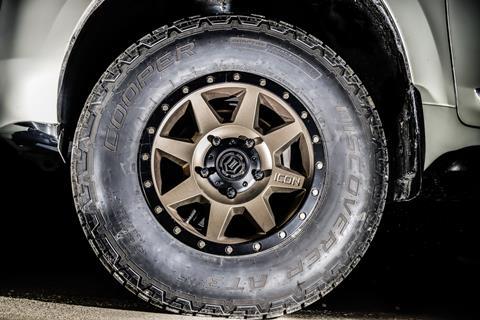
LT tires have stiffer sidewalls, which create that rougher ride. Those sidewalls also give a tougher level of protection while also allowing for more weight to be carried. You won’t see a Super Duty farm truck out in the fields with passenger tires, as it would defeat the purpose of a work truck. Heavy duty tires have more “ply.” Ply is a tire company way of stating there are multiple layers of material stacked inside all that rubber. More layers, more protection. More layers, rougher ride. Four- to six-ply is pretty common on compact to mid-size cars, but 8, 10, or even more ply is possible on heavier duty LT and truck tires. If you aren’t confused yet, the terms ply and ply rating aren’t necessarily the same thing! Companies may talk about a 10-ply rating, which may actually be 8 or fewer layers, but created in a way to be as robust as the 10-ply! Much as with any industry, there’s a fine line between talking semantics and being overly technical.
LOAD INDEX & SPEED RATING
Load Index and Speed Rating are the two codes following the above, but typically they are not as prominent, and quite often a tire store won’t even bother mentioning them to a customer unless they mention towing or talk about racing. Load index is a coded way of indicating how much weight the tire can hold. A load limit code of 65 means the tire is rated for 639 pounds if fully inflated, and a 150 load limit is rated for a whopping 7,385 pounds. Speed Ratings start at A1 and go up to Y, which corresponds with 3 up through 186 mph (and beyond). There are a lot of other choices, so talk to your tire guy or gal when you make your purchase, especially if you are thinking of anything outside the norm.
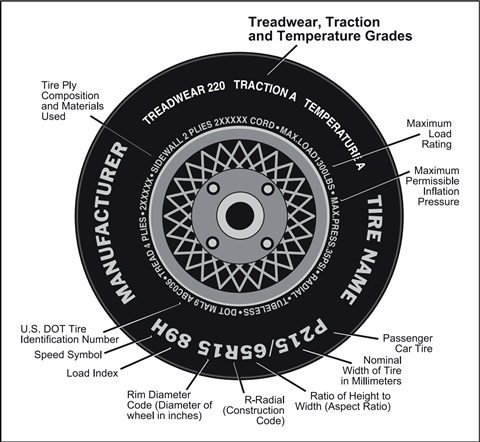
Uniform Tire Quality Grading (UTQG) standardizes a few tire-related items for us under guidelines from the National Highway Transportation Safety Administration. These gradings include Traction, Temperature, and Treadwear. Traction gives the best rating to AA, then A, B, and finally C. Temperature ratings start with a best of A, then B, and then C. With both traction and temperature, you want to make sure you aren’t scraping the bottom of the barrel. If you are seeing a C in either of those categories on a tire, it wouldn’t be a first pick for us, at least not unless we were stranded somewhere.
The treadwear rating is a crazy variable, because much like some of these other coded designations it seems slightly arbitrary. Higher ratings are supposed to mean a tire will last longer; however, that doesn’t mean the tire is actually better. A tire with a poor tread design using hard materials might last a long time but be terrible in rain, snow, and even dry conditions. Most tire companies are pretty good with treadwear ratings, but since treadwear is assigned by the tire manufacturer, ratings aren’t always the same. Higher numbers are often supported by the manufacturer offering a longer life expectancy, so that’s just one more thing to keep in mind.
Notice how we managed to pack this much info and still not talk about actual tread design, various tire styles, what snow tires do differently than racing tires, or what tire we bought (Cooper Discoverer AT3 4S, by the way). This just shows how brief this overview actually was. Look to a future issue for more on tires and their hidden secrets.




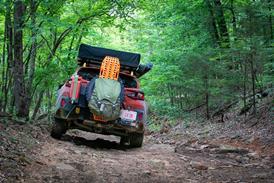
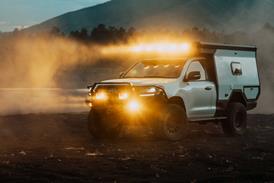
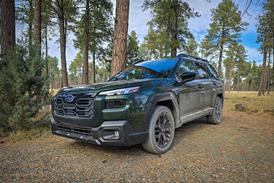
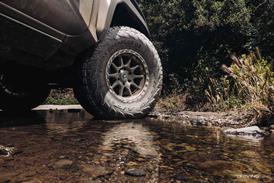
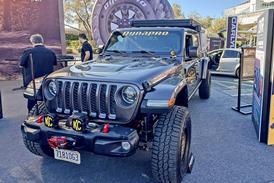
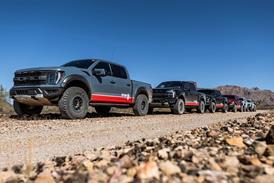
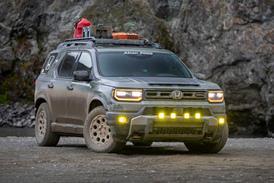
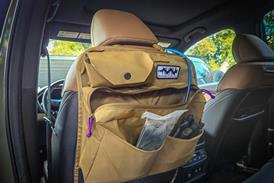
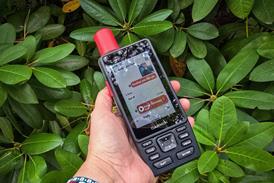
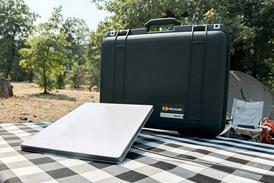







No comments yet